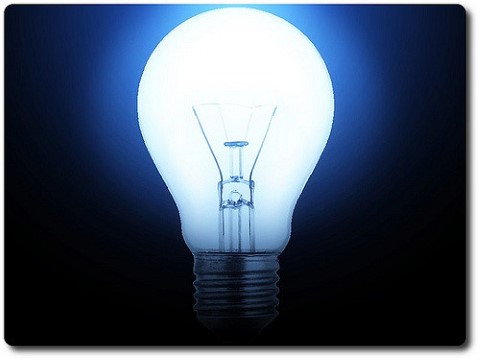How does a light bulb make light?

TECHNOLOGY: Room 5 from Churchill Park School asked this question.
Ok, there are lots of types of light bulbs! However, they all have two basic things in common. First, they require electricity, which is the first step. The second common thing is that electricity can be used to heat things up – think of how warm your computer gets when you use it a lot and you hear the fan whirring to cool it off, or the charger for your parent’s laptop or phone might get warm when it is plugged in.
Older light bulbs are filament bulbs. A filament is a very, very thin wire, and if you look closely at a light bulb like this you can see these wires. The electricity being run through it causes it to heat up (this is another reason we coat electric cables in rubber). The metal used to make the filament glows when it becomes hot, and thus we have light. Because it is so very thin, it heats up really fast, so when we flick the switch the light comes on! More modern light bulbs replace the filament with a gas. When heated, these special gases glow and create light.
Our expert
Distinguished Professor Geoff Chase from the University of Canterbury answered this question. He is a Fellow of Royal Society Te Apārangi, which means he’s one of the top experts in his field of engineering.
For more information on our expert, visit his profile: Geoff Chase
